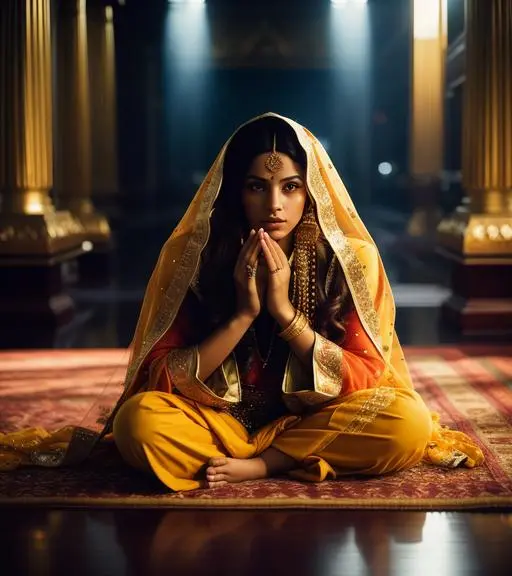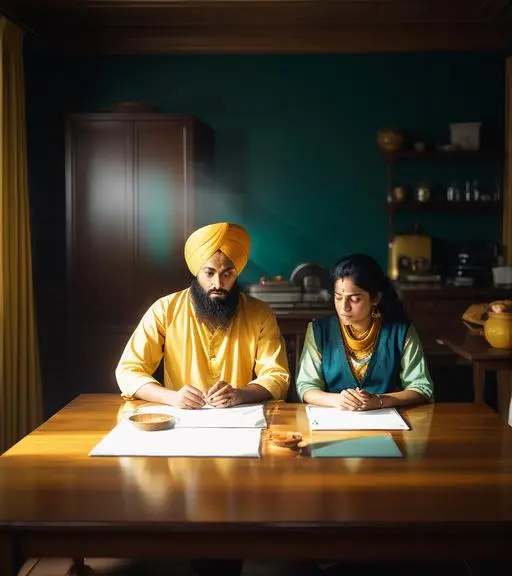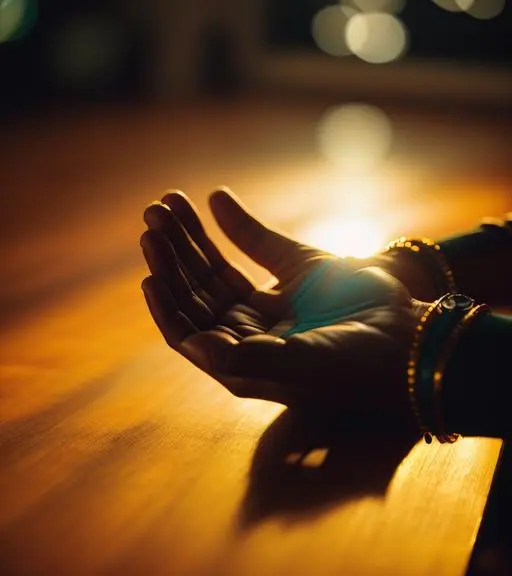
Inner Own Peace

of the Middle Way

for Everybody
The Mother of Sikhs
Mata Sahib Kaur, often referred to as the “Mother of Sikhs,” had a profound and significant role in Sikh history. Her life’s journey is deeply intertwined with the rich tapestry of Sikhi.

Early Life and Family
Mata Sahib Kaur was born on 18 Katak 1738 BK (1681 CE) in the town of Rohtas, located in the Jehlum district, near the Jhelum River. Her parents were Baba Rama Ji, belonging to the Rava clan, and Mata Jasvanti Ji.
Marriage to Guru Gobind Singh
Mata Sahib Kaur’s life took a momentous turn when she was married to Sri Guru Gobind Singh Ji in 18 Vaisakh 1757 BK (1700 CE). Her marriage symbolized a deep spiritual connection between the Guru and the Sikh community.


Role as the Mother of Khalsa
Mata Sahib Kaur played a pivotal role in nurturing the newly formed Khalsa. She received the divine command from Guru Gobind Singh Ji that the Khalsa would be her children, and she was their mother. This maternal love and guidance became a source of inspiration for Sikhs, and Mata Ji was recognized as the “Mother of Khalsa.”
Compilation of Guru's Writings
Mata Sahib Kaur Ji played a crucial role in preserving the writings of Sri Guru Gobind Singh Ji. She meticulously compiled the writings, ensuring their originality and authenticity. Her efforts contributed to the preservation of Sri Dasam Granth Sahib Ji.


Supporting Sikh Leaders
Mata Sahib Kaur supported and blessed prominent Sikh leaders, including Banda Singh Bahadur, whom she encouraged to fulfill his mission with courage and dedication.
Challenging Times in Delhi
During a tumultuous period when Sikhs faced persecution, Mata Sahib Kaur and Mata Sundar Kaur refused to issue edicts against Banda Singh Bahadur, despite immense pressure. They endured hardship during the reign of Muhammad Shah Rangila and the royal command to execute Sikhs.


Merger into the Formless
On the 11th day of Magh 1804 (November 1747 CE), Mata Sahib Kaur Ji merged into the formless. Her last moments were marked by the recitation of Gurbani, and she touched the sacred Shastars of Sri Guru Hargobind Sahib Ji, receiving blessings from Guru Gobind Singh Ji before her departure. Mata Sahib Kaur’s legacy is a testament to her unwavering commitment to Sikhi, her role as the Mother of Khalsa, and her significant contributions to preserving the teachings and writings of the Gurus. She remains an inspiring figure in Sikh history, and her memory continues to be cherished by Sikhs worldwide.
Mata Sahib Kaur’s life story is a vital part of Sikh history and demonstrates the profound impact of her contributions to the faith. As you delve deeper into Sikhi, you’ll discover that Mata Sahib Kaur’s remarkable story is just one of many that exemplify the rich and inclusive nature of this religion, which continues to touch the hearts of its followers worldwide.
Summary
Mata Sahib Kaur, the “Mother of Sikhs,” exemplifies the profound impact women have had on the Sikh faith. Her life was a journey of love, devotion, and unwavering commitment to Sikhi.
Born in Rohtas in 1681 CE, she became an integral part of Sikh history through her marriage to Guru Gobind Singh in 1700 CE. Her role as the Mother of Khalsa was a divine calling, symbolising her love and guidance to the Sikh community. She embraced this role with utmost devotion, and her maternal affection inspired Sikhs, fostering a deep sense of unity and devotion.
Mata Sahib Kaur’s efforts extended beyond her maternal role. She played a crucial role in preserving the writings of Guru Gobind Singh, ensuring their authenticity for future generations. Her commitment to compiling Sri Dasam Granth Sahib Ji showcased her dedication to preserving Sikh heritage.
During challenging times in Delhi, Mata Sahib Kaur and Mata Sundar Kaur displayed immense courage by refusing to issue edicts against Banda Singh Bahadur, even in the face of persecution. They remained steadfast in their commitment to Sikh values. Mata Sahib Kaur’s life journey concluded with her merging into the formless in 1747 CE, marked by the recitation of Gurbani and the blessings of Guru Gobind Singh Ji.
Her legacy continues to inspire and uplift Sikhs worldwide. Mata Sahib Kaur’s story is just one example of the immense positive impact women have contributed to Sikhi. Throughout Sikh history, women have played pivotal roles as leaders, caregivers, and spiritual pillars.
They have been the strength behind the Sikh community, embodying the principles of equality, service, and devotion. Their contributions have enriched the tapestry of Sikh culture and continue to do so, serving as a testament to the profound role of women in Sikhi.
